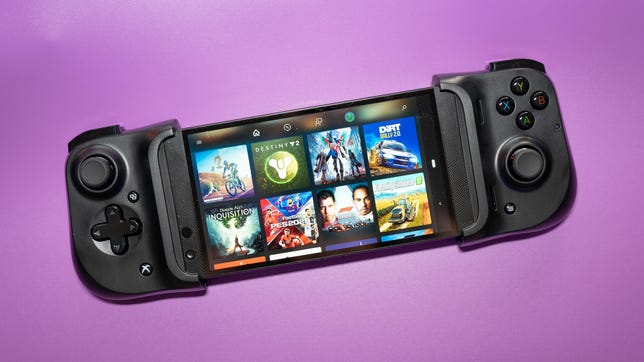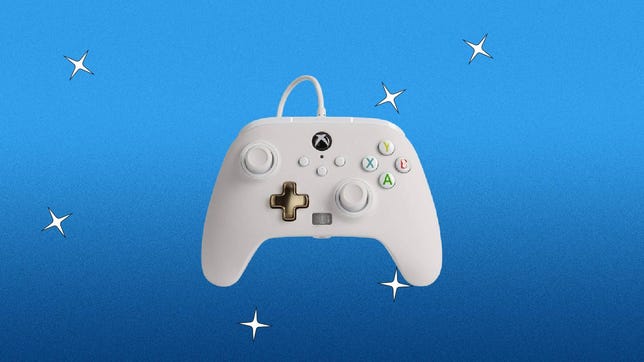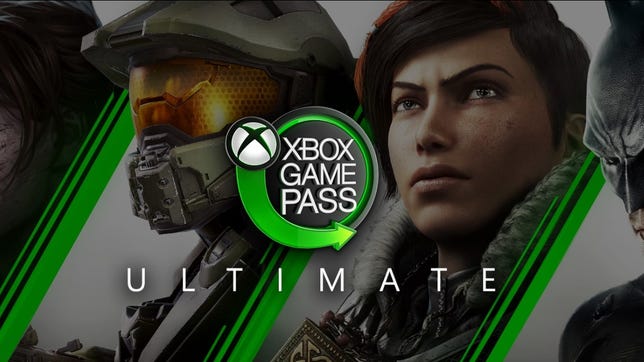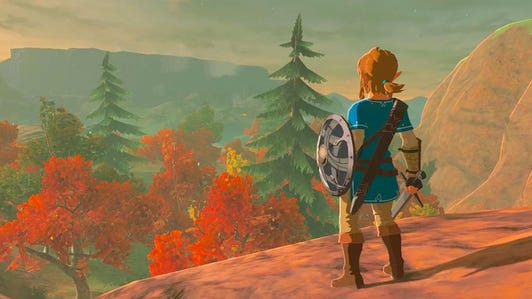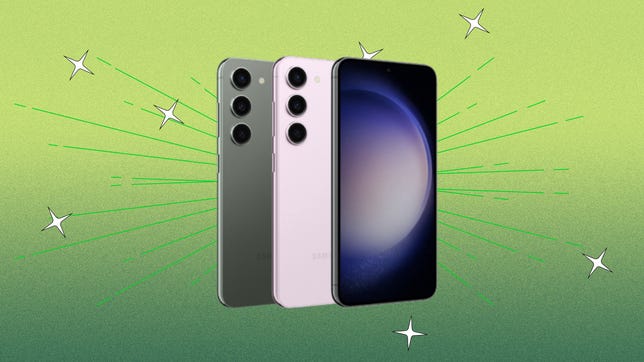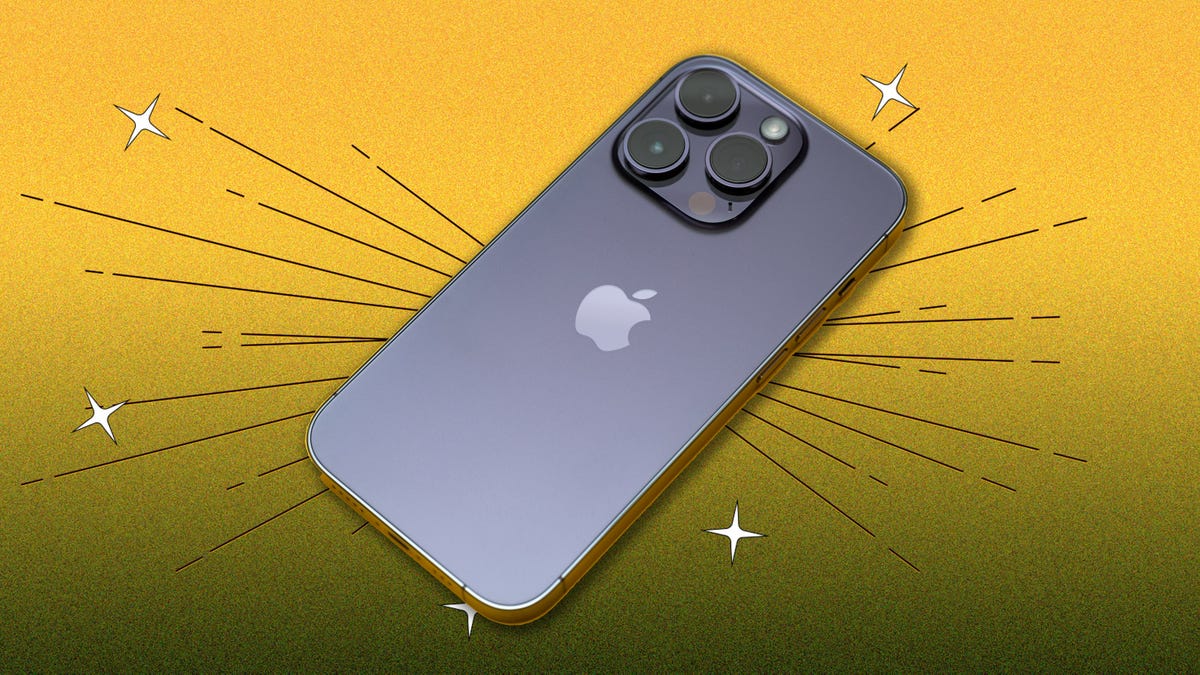From consoles to controllers to headsets, there’s a lot of components that go into building a complete gaming setup. And while the costs can add up pretty quickly, there are also plenty of bargains out there that can help you build your dream setup for cents on the dollar (or at least at a nice discount). For Xbox gamers specifically, we’ve rounded up some of the best deals you can find right now so you can enjoy budget-conscious gaming.
These deals include discounts on top-rated headsets, controllers, gaming subscriptions and much more. And if you’re looking to get your hands on a next-gen Xbox, there is even a deal on the Xbox Series S right now, though there’s no telling how long it will last. We’ll continue to update this page as offers come and go, so be sure to check back often for the best prices available. And if you’re a PlayStation gamer, be sure to check out our roundup for the best deals on PlayStation gaming gear as well.
Get the best price with CNET Shopping.
Love shopping online but don’t have time to compare prices or search for promo codes? Our CNET Shopping extension does that for you, so you always get the best price.
Microsoft/CNET
If you’re in the market for a next-gen console, this discounted Xbox Series S is the most affordable option you’ll find out there at the moment. It is the more affordable of Microsoft’s two new consoles and doesn’t have a physical disk drive, but can still run all the same games as the pricier Series X.
Microsoft
Microsoft officially discontinued the Xbox One back in 2020, so it’s pretty difficult (and expensive) to find new consoles. But if you’re hoping to grab one of these previous-gen Xboxes, there are still quite a few refurbished models floating around out there at a good price. And while they won’t be able to handle every next-gen game, quite a few new titles are still playable, including recent hits like Elden Ring. This model features 500GB of storage, and is equipped with a disk drive and backwards compatibility, making it a great pick if you’re big on retro games. Plus, it comes with the original wireless controller, which saves you another $60. Though for casual gamers looking for the easiest and most accessible option, you’re probably better off opting for the Xbox Series S.
Note: True, calling this a deal is probably a stretch as there’s no straightforward discount, but it is the best price you’ll find out there on a full-size Xbox console with a disk drive.
Lori Grunin/CNET
Xbox users who subscribe to Game Pass Ultimate now have access to Microsoft’s cloud gaming beta, which allows you to stream games from anywhere on a variety of devices — including smartphones. This Razer Kishi is a compact controller that holds your phone in the middle so you can enjoy your favorite console games while you’re on the go. It’s designed to be universally compatible with Android phones with a USB-C connector, and has a similar layout to the Nintendo Switch. There is an iPhone version available for $76 as well.
Power A
If you’re looking for an extra controller to have on hand, this wired Power A model is one of the best options out there right now. It’s highly affordable at less than $30, and we named it the best Xbox controller for those who are just after the basics. It features a standard button layout, a detachable USB cable, and features two mappable buttons for custom controls.
David Carnoy/CNET
Turtle Beach is one of the top brands out there when it comes to gaming headsets, and the second-gen Stealth 600 is one of our favorite Xbox headsets on the market. These headphones are compatible with both next-gen Xbox consoles, and the Xbox One, and are equipped with 50mm speakers for clear, immersive sound so you can hear every step and shot. They’re totally wireless thanks to the use of a USB transmitter, and the mic arm folds up into the headset so it’s out of your way when you’re not using it for voice chats.
SteelSeries
If you don’t feel like dropping $80 or more on a headset, there are plenty of more affordable options out there. This SteelSeries Arctis 1 headset is pretty impressive for less than $50, and boasts solid audio for the price, a detachable microphone and a durable steel-reinforced headband. This is a good entry-level pair for casual gamers and those who just want to chat with their friends.
Seagate
Games just keep getting bigger, and while I’m not complaining, it does mean that your console’s storage can fill up pretty quickly. Seagate makes portable hard drives that are specifically designed to expand your Xbox’s storage so you can spend less time redownloading and more time gaming. This 2TB model uses a USB 3.2 interface, and is compatible with the Xbox Series X and S, as well as all versions of the Xbox One.
Seagate
For next-gen users, Seagate also makes an expansion card that plugs directly into the back of your Series X or S console for seamless gameplay. It uses the same Velocity architecture found on Xbox consoles, so it boasts the fastest load times of any external game drive out there right now, with data transfer speeds of up to 2,400 MB/s. It’s roughly twice as expensive as the portable drive above, but it is the fastest and most convenient way to expand your Xbox storage at the moment.
Screenshot by David Carnoy/CNET
A Game Pass Ultimate subscription is one of the best ways to get the most out of your Xbox. It includes an Xbox Live Gold membership, which allows you to play games online, and also gives you access to a massive library of Xbox titles that you can download and play for free at any time. An Ultimate membership typically costs $15 per month, but this three-month deal from CDKeys drops that down to just $8.



